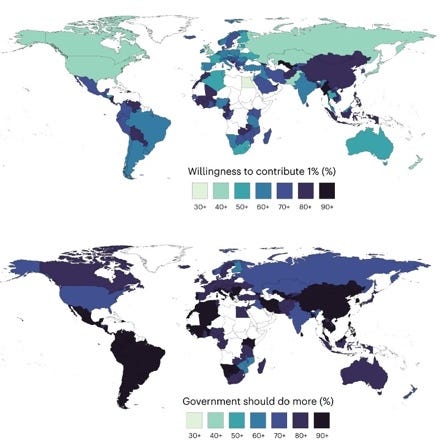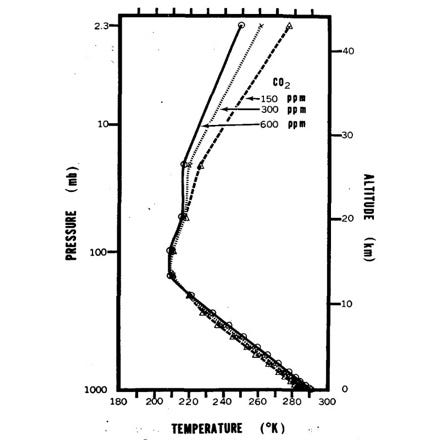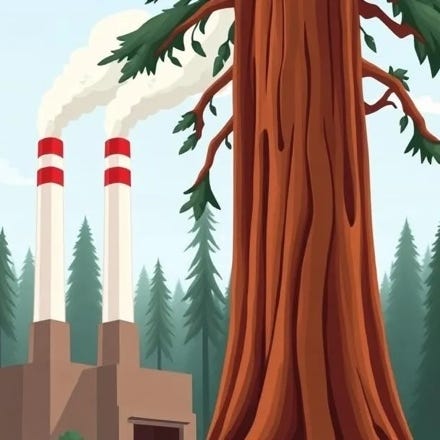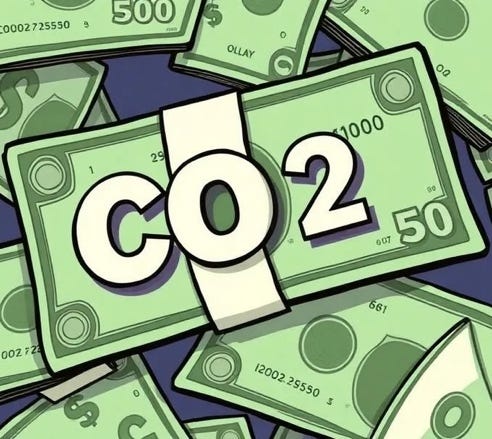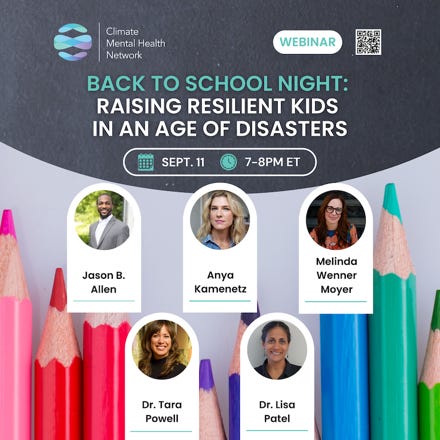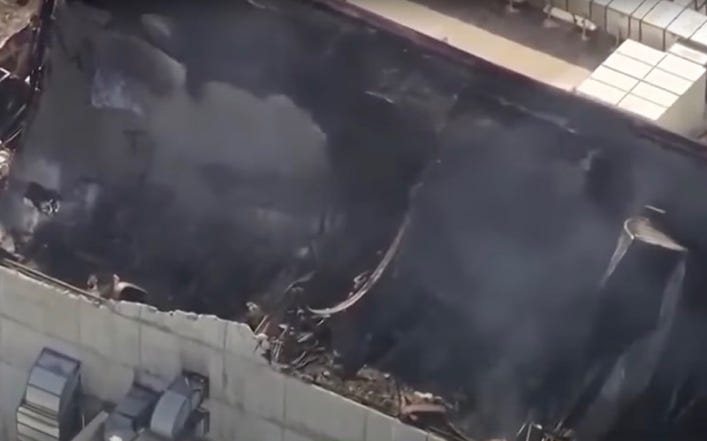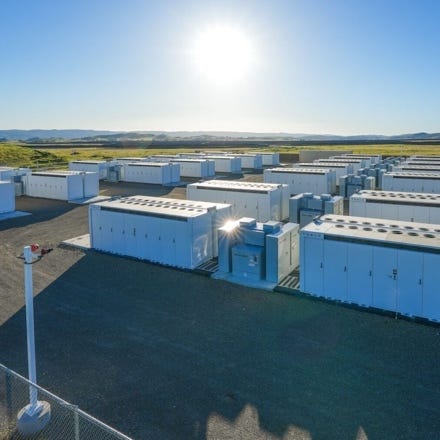This Week
Much more support for climate action than politicians believe
Even 1960s climate change forecasts were right
Goodbye “carbon neutral”
Companies collecting internal carbon taxes
Raising strong, flexible kids in an age of climate disasters
Moss Landing burned battery removal starts soon
Battery fire stopped quickly
Only one County location for battery storage
Sea level rise strategies for Seacliff and New Brighton beaches
Divers smashed millions of urchins to save a kelp forest
Climate Jargon – Simple explanations of unusual words, phrases, and acronyms
Click on the underlined links to learn more.
About me
I’m Rex Sanders, a science writer who’s lived in Santa Cruz County more than 20 years. Each week I check dozens of reliable sources for climate news that affects our County. Focusing on real changes, not promises – or threats.
Much more support for climate action than politicians believe
Maps of worldwide support for more climate action, Nature Climate Change
New research found that officials at a UN environment conference believed about one third of the global population would contribute some of their income to reduce climate change. Yet a large survey of people around the world found that more than twice that would pay. And nearly everyone supports more government action to reduce climate change. These big gaps probably prevent bold action. The U.S. consistently came out at the low end of the population surveys, while China was at the top.
I would pay more for quick, real reductions in greenhouse gas releases. That doesn’t include California’s messed up cap and trade system. And I want big subsidies and tax breaks for oil, gas, and coal to end soon. Tell your local, state, and federal politicians that you support far more action to reduce climate change.
Andy Deng, The Guardian, 3-minute read
Even 1960s climate change forecasts were right
Chart from 1967 showing that as carbon dioxide increases, the stratosphere cools, The Conversation
In 1967, the scientist Syukuro Manabe accurately forecast the size of the greenhouse effectfrom carbon dioxide, using math formulas and simple computer programs. His model showed that if we doubled CO2 in the air, the Earth would warm about 5.4 °F. We’re halfway there, and we’ve warmed 2.2 °F.
That early model also forecast that the stratosphere, about 7 to 31 miles above us, would cool down. Decades of satellite measurements confirmed the cooling. And later research showed that carbon dioxide was the only source of global warming that could do that.
Manabe’s 1975 refinements correctly forecast that the Arctic would warm much faster than the rest of the world. Combining his model with a new ocean model accurately showed that the land would warm about 50% more than the ocean. And that the Southern Ocean around Antarctica would warm very slowly. For his work on these models, Syukuro Manabe shared the 2021 Nobel Prize in Physics.
So when your grumpy uncle complains that global warming forecasts are all wrong because of a cold snap, gently let him know that on average they’ve been right for almost 60 years. And newer models predicted our weather would get weirder, too. Even in Santa Cruz County.
Nadir Jeevanjee, The Conversation, 6-minute read
Goodbye “carbon neutral”
Cartoon of smokestacks feeding smoke into a tree, AI
Using low-quality or fake carbon offsets. Double-counting offsets. Taking credit for captured carbon dioxide that returns to the air a few years later. Organizations lying about checking carbon offsets.
A carbon neutral label means that a company or product has reduced as much greenhouse gases or GHG as produced. Mostly using carbon offsets. But the phrase has lost all credibility. While it made customers feel better, the actual long-term reductions were much less. New European Union (EU) rules don’t allow carbon offsets in carbon neutral claims. Companies that do business there must work much harder to reduce the GHG releases under their control.
What can you do? Ignore any claims that a product is carbon neutral. Look for products from companies that are actively reducing their own GHG releases and those of their suppliers. Many of them are small and local. Especially in Santa Cruz County.
Jim Giles, Trellis, 4-minute read
Companies collecting internal carbon taxes
Cartoon of CO2 attached to money, AI
Some companies set an internal price on every ton of greenhouse gases that they release into the air, called a carbon price. Then they use that money to further reduce emissions. But setting up the system is hard.
Luckily, big corporations like Microsoft are sharing their lessons. Since 2012, they have used the funds “to pay for more than 60 employee-driven projects, from electric bike programs in Finland to energy management systems in Chile.”
A new, free report has guidelines. Other reports and case studies can help, including:
Internal carbon pricing: A strategic tool for corporate climate leadership. Case studies, including Maersk, Swiss Re and others
Navigating internal carbon pricing to drive decision-making and emissions reduction”
Our state government seems addicted to a broken cap and trade system. And we won’t see any carbon taxes at the Federal level until at least 2029. So encouraging companies to set a carbon price seems like a good way to reduce climate change. If you work for a company that might consider this, speak up to coworkers and management. Even in Santa Cruz County.
Jim Giles, Trellis, 4-minute read
Raising strong, flexible kids in an age of climate disasters
Raising Resilient Kids announcement, Climate Mental Health Network
“How do we help kids feel safe and hopeful in the face of climate disasters?” On September 11, an online presentation will cover tools and strategies to help parents raise resilient kids. The session includes topics like: talking to kids of all ages, engaging teachers and schools, supporting neurodiverse and disabled children, and peer support for parents. All caretakers of school-aged children in Santa Cruz County should participate. Even if you can’t attend that day, registration lets you watch the session later and get the parent’s guide.
Climate Mental Health Network, 1-minute read
Moss Landing burned battery removal starts soon
Overhead view of burned batteries at the Moss Landing Battery Plant, KSBW
The company that owns the large battery plant that burned in January plans to start removing burned batteries on September 22. Vistra will use an EPA-approved contractor that specializes in the process. They are already removing asbestos from the old building. Remember, battery storage designed like this would never get approved or built today.
Josh Copitch, KSBW, 1-minute read
Battery fire stopped quickly
Batteries in widely spaced containers near Parkfield, Monterey County Now
Four containers of lithium-ion batteries installed in 2021 caught fire near Parkfield in Monterey County on August 30. Heat detection systems automatically sent alarms. CAL FIRE monitored the site until the containers burned out less than 24 hours later. The fire caused no injuries and no damage to nearby property. Nearly all large battery energy storage systems or BESS in California use a similar design. And recent systems use safer lithium-iron-phosphate (LFP) batteries. Like the Seahawk project plans to use near Watsonville.
Erik Chalhoub, Monterey County Now, 1-minute read
Only one County location for battery storage
Proposed layout of a battery storage site near Watsonville, New Leaf Energy
Many residents are worried that Santa Cruz County was planning on three locations for large battery energy storage systems or BESS. As of now, only one BESS could be built, at the end of Minto Road near Watsonville. The first draft of a new county law covering these systems included sites in Aptos and Live Oak next to PG&E substations. But both sites are too small, too close to Aptos High or Dominican Hospital, and the Aptos location is on a hillside. So the County dropped them.
However, County supervisors delayed the new law until August 2026. New Leaf Energy says that’s too long to wait. So they might bypass County rules and approval by going directly to the State for a faster permit. Many residents and County supervisors don’t want that to happen.
Maybe the County should act faster?
Tania Ortiz, Lookout Santa Cruz, 7-minute read
Sea level rise strategies for Seacliff and New Brighton beaches
Seacliff wharf damage after early 2023 storms, wharf removed soon after
“Following historic storms in early 2023, State Parks launched [a study] to evaluate risks from sea level rise, storm surge, erosion and other coastal hazards. The study also gathered nearly 4,000 survey responses to understand what people value most about these beaches and how they would like to see them adapt to a changing coastline.”
State Parks and Friends of Santa Cruz State Parks will present the final report starting at 6 pm, September 11, at Cabrillo College and by Zoom. Register at: https://bit.ly/seacliff-meeting
More at Sea Cliff Resilience
Divers smashed millions of starving urchins to save a kelp forest
Diver checking on the kelp project, The Guardian
A project near Los Angeles helped a kelp forest recover after a steep decline, caused in part by climate change. Volunteer divers spent thousands of hours underwater smashing nearly 6 million starving sea urchins with rock hammers. “You just tap, tap, and sometimes you have to reach into crevices to get the urchins out,” said diver Sean Taylor. “Your forearms get super tired.”
Some of those same divers are measuring the now-healthy kelp forest. Kelp beds have many benefits, including reducing the force of storm waves that batter the coast. And rapidly absorbing large amounts of the greenhouse gas carbon dioxide. We might need something like this in Monterey Bay.
Katharine Gammon, The Guardian, 8-minute read
Climate Jargon
Battery energy storage system (BESS): Large group of rechargeable batteries designed to store grid electricity for later use
Cap and trade: When governments put a declining cap on greenhouse gases, then companies buy and sell allowances under that cap
Carbon dioxide (CO2): Main greenhouse gas causing global warming and climate change
Carbon neutral: When greenhouse gases released equal greenhouse removed and stored
Carbon offset: Investing in projects that reduce, avoid, or remove greenhouse gases
Carbon price: Putting a price on greenhouse gases so that a free market can reduce climate change
Carbon tax: When governments tax every ton of greenhouse gases
Climate change: Long-term changes to Earth’s weather caused by people, including global warming and increases in ocean acid
Global warming: Rapid increase in worldwide average temperature starting around 1970
Greenhouse gas (GHG): Gas that traps the Sun’s heat and causes global warming, mainly carbon dioxide and methane
Lithium iron phosphate battery (LFP): Rechargeable battery made with lithium, iron, and phosphate
Lithium-ion battery: Rechargeable battery made with lithium and other chemicals
Resilient: Strength and flexibility to resist damage and recover quickly
Sea level rise (SLR): Increase in sea level due to melting of glaciers and ice sheets, plus seawater expanding as it gets warmer
Storm surge: Temporary sea level rise caused by a hurricane or storm blowing seawater toward shore
Stratosphere: Layer of the atmosphere between 65,000 feet and 164,000 feet high
More at climatejargon.com
Unrelated advice
You’re only taking orders. That’s how every empire falls.
John Prine

